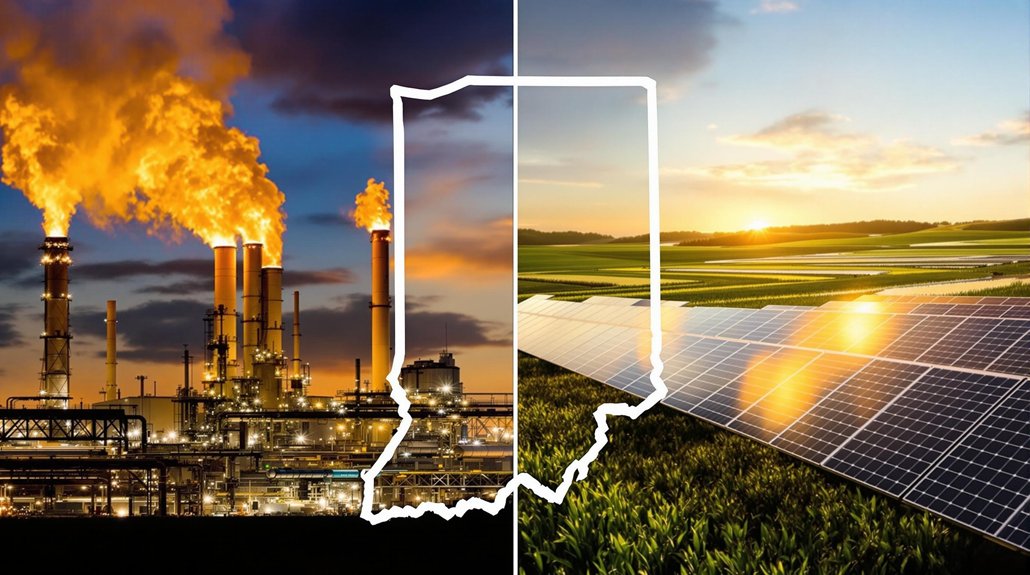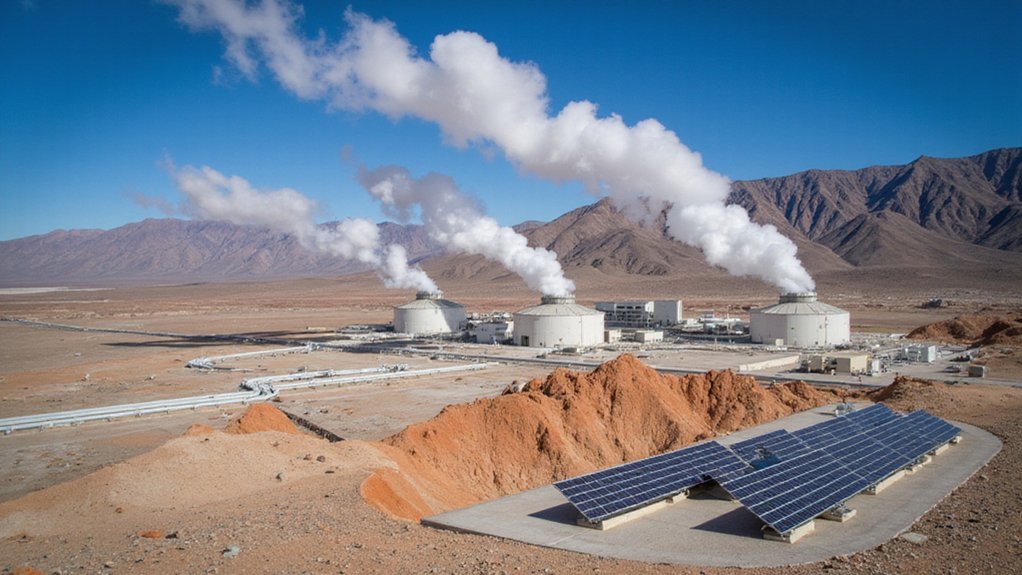Fervo Energy has announced a major agreement with Shell Energy to develop geothermal power in Utah. The project aims to generate 400 megawatts of carbon-free electricity using Enhanced Geothermal Systems. Power delivery is expected to begin in 2026, with full capacity reached by 2028. Utah’s abundant underground heat resources make it ideal for this renewable energy expansion. The partnership represents one of the largest geothermal developments in recent years, but questions remain about implementation challenges and local economic impact.
As Utah emerges as a powerhouse in renewable energy, the state’s vast underground heat resources are transforming its energy landscape. Currently ranking third in the nation for geothermal electricity production, Utah trails only California and Nevada but is quickly gaining momentum in this renewable sector.
A groundbreaking development has recently emerged as Fervo Energy announced a landmark power purchasing agreement with Shell Energy. The collaboration will create a next-generation geothermal project in Utah capable of generating 400 megawatts of carbon-free electricity that operates around the clock. This project employs Enhanced Geothermal Systems (EGS) to maximize electricity production from hot dry rock formations. Fervo Energy is set to reach full production capacity by 2028 after beginning power delivery to the grid in 2026.
Utah’s geothermal potential is impressive, with experts estimating a 20-year development capacity of 620 megawatts. This could satisfy approximately 12% of Utah’s projected electrical energy needs by 2026. These facilities provide stable pricing due to their lack of fuel costs and protection from market volatility. Researchers utilize magnetotelluric (MT) method to map the subsurface electrical resistivity structures and identify promising geothermal reservoirs. The state’s resources are primarily located in regions with underground heat sources ranging from 200 to 500 degrees Fahrenheit.
Utah’s vast geothermal resources could meet 12% of the state’s energy needs by 2026, harnessing underground heat up to 500°F.
The Utah FORGE project near Milford stands as a national geothermal technology incubator. Supported by the U.S. Department of Energy, this initiative serves as a research hub focused on developing Enhanced Geothermal System technologies and demonstrating how American drilling expertise can be applied to renewable energy generation.
Utah’s geothermal journey began decades ago, with the Roosevelt Hot Springs facility generating 24 megawatts since 1984. Today, the Blundell Geothermal Plant provides power to roughly 23,000 homes, showcasing the reliability of this energy source.
Despite its promise, geothermal energy faces challenges including high initial development costs and the need for advanced drilling technologies. However, recent technological breakthroughs now allow access to deeper reserves, greatly expanding energy possibilities.
As a consistent, carbon-neutral power source that operates 24/7, geothermal energy reduces dependence on fossil fuels while supporting local economies. With continued development, Utah’s underground heat could become one of the state’s most valuable renewable resources.








